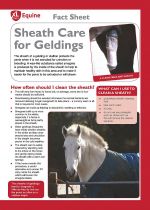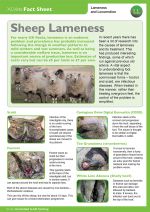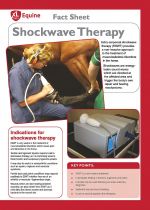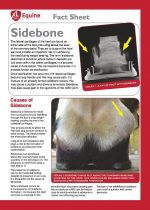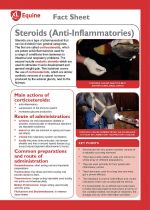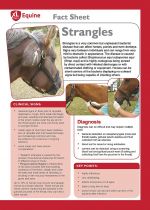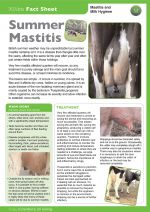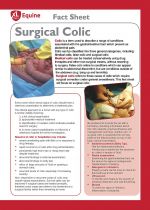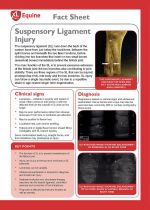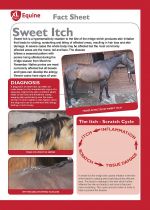Factsheets -
Below are Word and PDF files of our Factsheets. You will need Adobe Reader to view the PDF files - if you need to download Adobe Reader please click here.
Please note: some of these factsheets are several pages long and are large files, so please be patient when downloading!
Sheath Care for Geldings
The sheath of a gelding or stallion protects the penis when it is not extruded for urination or breeding.
Sheep Lameness
For many UK fl ocks, lameness is an endemic problem and prevalence has probably increased following the change in weather patterns to mild winters and wet summers.
Shockwave Therapy
Extra-corporeal shockwave therapy (ESWT) provides a non-invasive approach to the treatment of musculoskeletal disorders in the horse. Shockwaves are energy-laden sound waves which are directed at the affected area and trigger the body’s own repair and healing mechanisms.
Sidebone
The term 'sidebone' describes a condition where calcium deposits are laid down within the lateral cartilages, in a process called mineralisation.
Steroids (Anti-Inflammatories)
Steroids are a type of pharmaceutical that can be divided in two general categories. The first are called corticosteroids, which are potent anti-inflammatories used for a range of conditions from lameness to intestinal and respiratory problems. The second include anabolic steroids which are used to stimulate muscle development and general weight gain. This factsheet covers the use of corticosteroids, which are similar synthetic versions of a natural hormone produced by the adrenal glands, next to the kidneys.
Strangles
Strangles is a very common but unpleasant bacterial disease that can affect horses, ponies and even donkeys. Signs vary between individuals and can range from very mild to dramatic in appearance. The disease is caused by bacteria called Streptococcus equi subspecies equi (Strep. equi) and is highly contagious being spread by direct contact with infected discharges or with contaminated clothing or equipment. Horses can be silent carriers of the bacteria displaying no outward signs but being capable of infecting others.
Summer Mastitis
British summer weather may be unpredictable but summer mastitis certainly isn't. It is a disease that changes little over the years, affecting the same farms year after year and often just certain fields within those holdings.
Surgical Colic
Colic is a term used to describe a range of conditions associated with the gastrointestinal tract which present as abdominal pain.
Colic can be classified into three general categories, including:
Medical colic, false colic and surgical colic.
Medical colic can be treated conservatively using drug therapies and other non-surgical means, without resorting to surgery. False colic refers to conditions which can appear similar to abdominal discomfort, but are conditions outside of the abdomen (e.g. tying up and laminitis).
Surgical colic refers to those cases of colic which require surgical correction under general anaesthesia. This fact sheet will focus on surgical colic.
Suspensory Ligament Injury
The suspensory ligament (SL) runs down the back of the cannon bone from just below the hock/knee, between the splint bones and beneath the two flexor tendons, before dividing into two branches that insert on two small bones (sesamoid bones) immediately behind the fetlock joint.
The main function of the SL is to prevent excessive extension of the fetlock joint; the two branches also contributing to joint stability. There are three regions of the SL that can be injured; proximal (top end), mid-body and the two branches. SL injury can follow a single traumatic event, be due to a repetitive strain or age related longer term degeneration.
Sweet Itch
Sweet itch is a hypersensitivity reaction to the bite of a midge which produces skin irritation that leads to rubbing, scartching and biting of the affected areas resulting in hair loss and skin damage.
